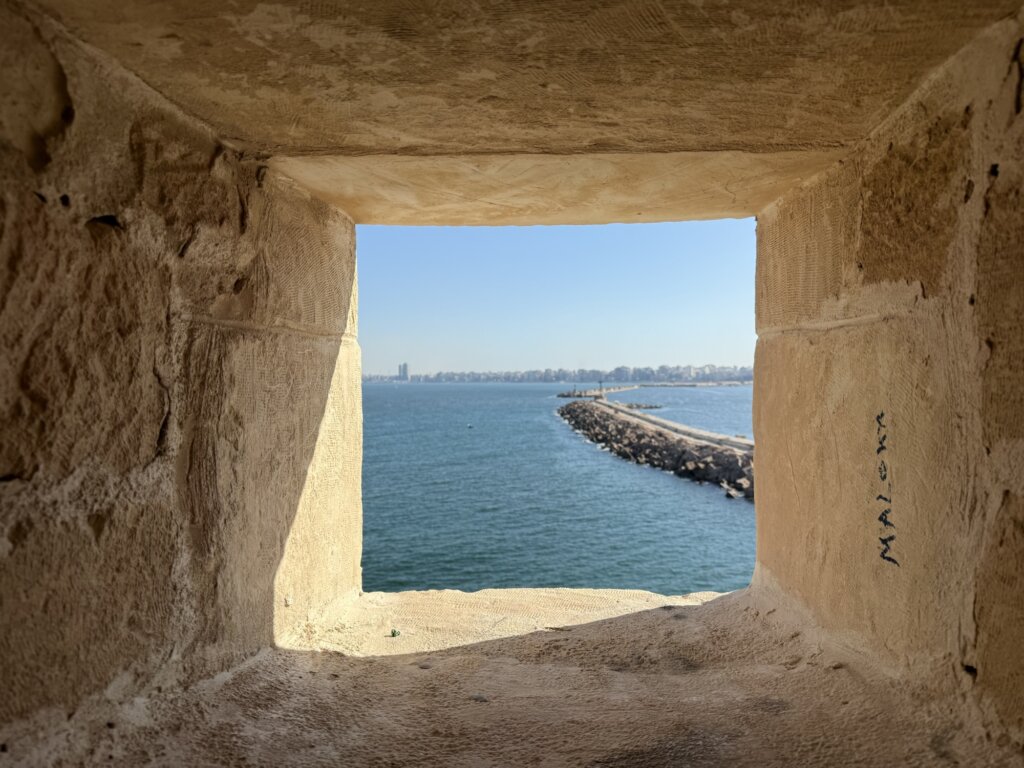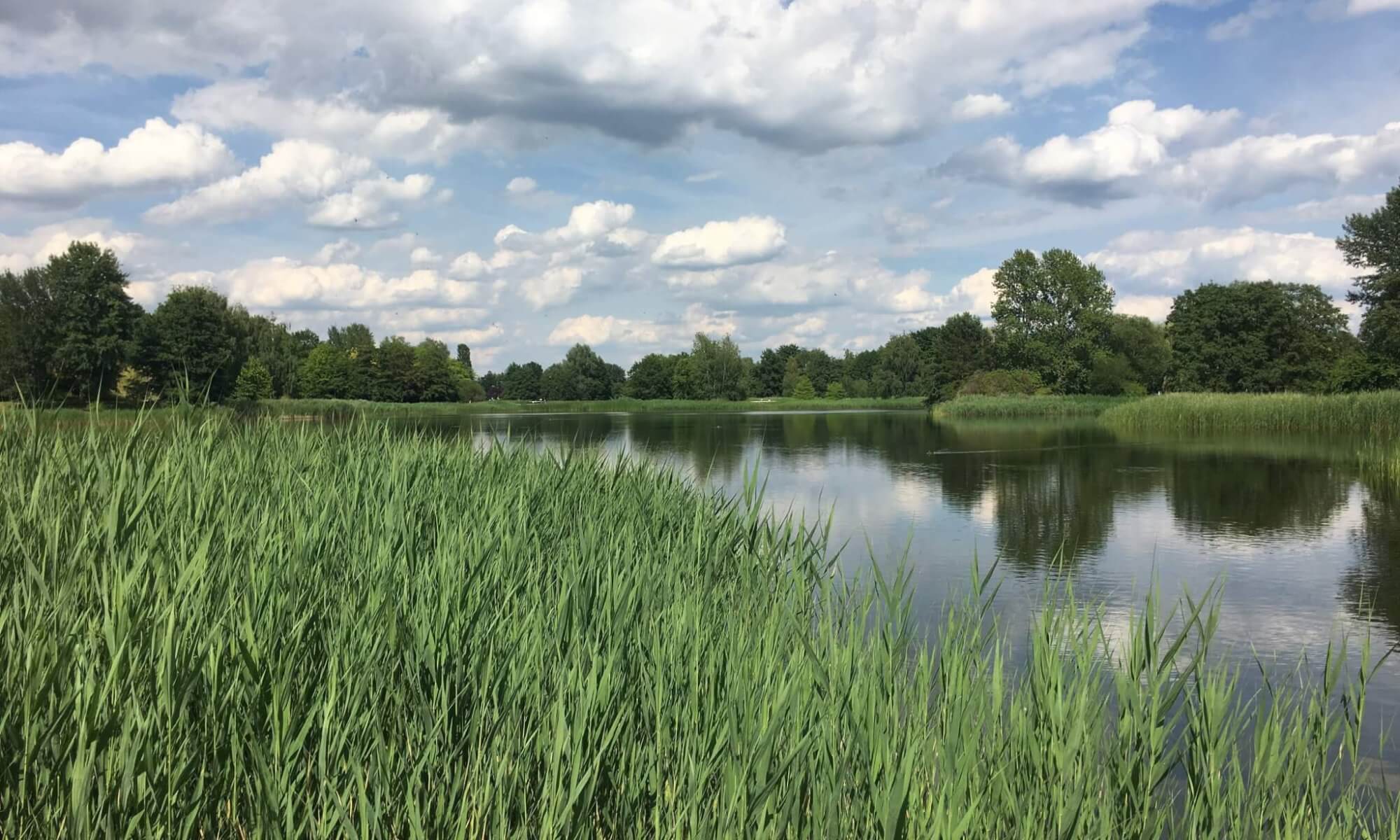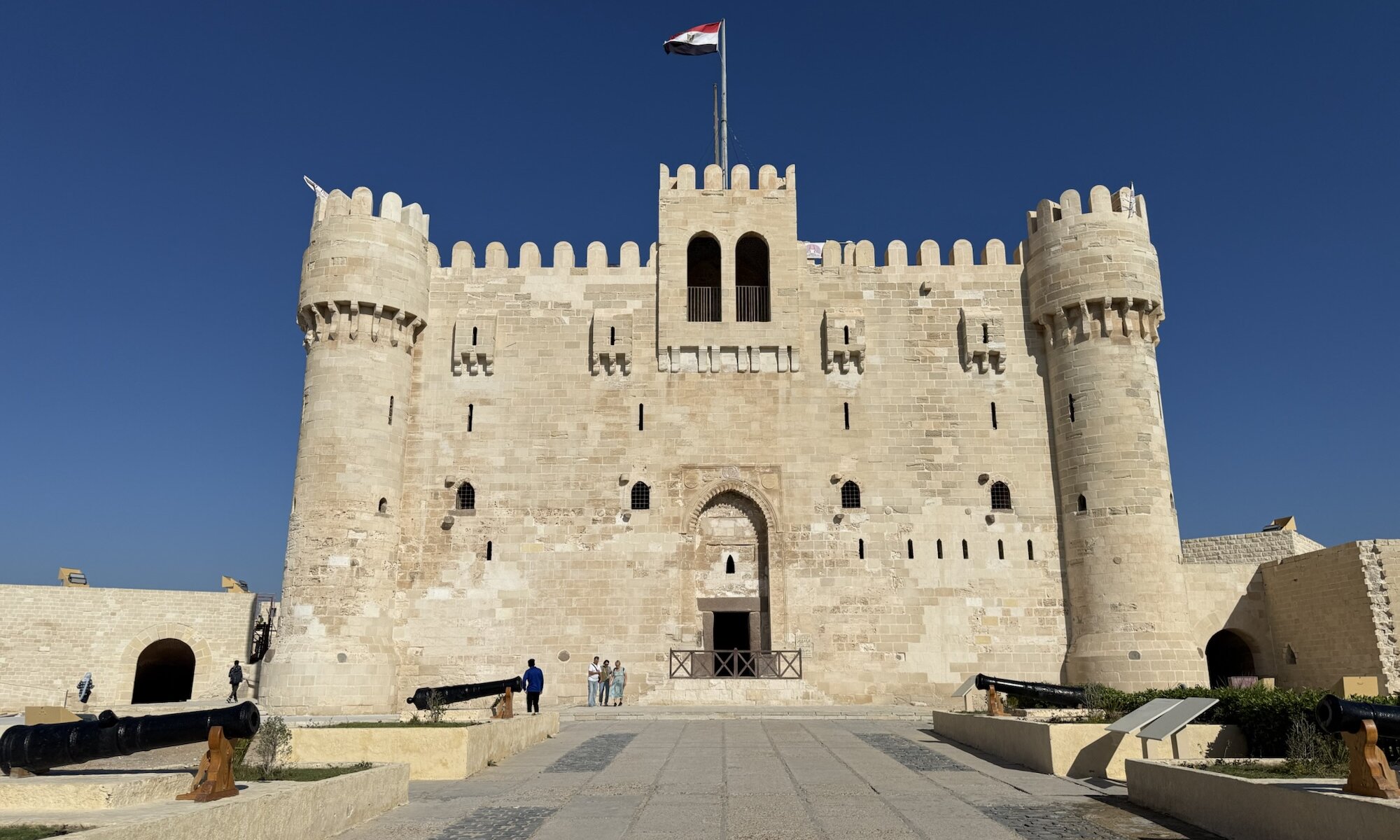The Qaitbay Citadel, perched on the northeastern tip of الإسكندرية’s Pharos Island, is a remarkable fortification that commands the Mediterranean coast. Built between 1477 and 1479 by Sultan Al-Ashraf Sayf al-Din Qaitbay, a Circassian Mamluk ruler, the citadel was erected as a critical defensive structure against naval threats, particularly following the fall of Constantinople in 1453 when Ottoman power surged in the region. It holds a unique place in history, as it rises on the very site where the ancient Lighthouse of Alexandria once stood – a legendary wonder of the ancient world that had collapsed due to earthquakes. The citadel symbolised both military strength and the continuity of Egypt’s maritime significance through the centuries.



Architecturally, the Citadel of Qaitbay impresses with its robust limestone walls that span an area of about 17,550 square metres. Its square design is reinforced by rounded bastions at each corner, constructed deliberately to deflect cannon fire and withstand sieges. The fortress includes thick walls, a tall central keep rising nearly 17 metres, and a mosque within its eastern precincts, reflecting the Islamic culture embedded in the site. Intricately decorated entrance gates and narrow arrow slits feature in the design, enhancing both security and aesthetic appeal. The fortress has undergone several restorations, particularly during the Ottoman period, when additional artillery was installed, and later in the 20th century by Egypt’s Supreme Council of Antiquities.
Today, visitors to the Qaitbay Citadel can explore an evocative living museum that presents both its martial heritage and its architectural grandeur. Within its walls are military chambers, storerooms, and exhibitions showcasing ancient weapons and maritime artefacts. The fort offers spectacular panoramic views across the Mediterranean Sea, presenting a dramatic backdrop where the waves crash against its foundations. The citadel serves not only as a monument to Egypt’s defences but also as a cultural landmark that draws tourists keen to trace the evolution of الإسكندرية from a hub of ancient scholarship to a bastion of Islamic military strategy.
Beyond its historic and architectural allure, the Qaitbay Citadel remains a poignant symbol of resilience and continuity, linking modern visitors with the legacy of one of the ancient world’s greatest landmarks. Its position guarding the harbour entrance made it a strategic lynchpin throughout the Mamluk, Ottoman, and subsequent modern eras, witnessing the passage of empires and the tides of conflict. For those exploring الإسكندرية today, the citadel offers a compelling glimpse into Egypt’s layered past, where maritime power, religious life, and military architecture converge in a spectacular coastal fortress.
Qaitbay Citadel
الإسكندرية
Egypt
Loading map...


